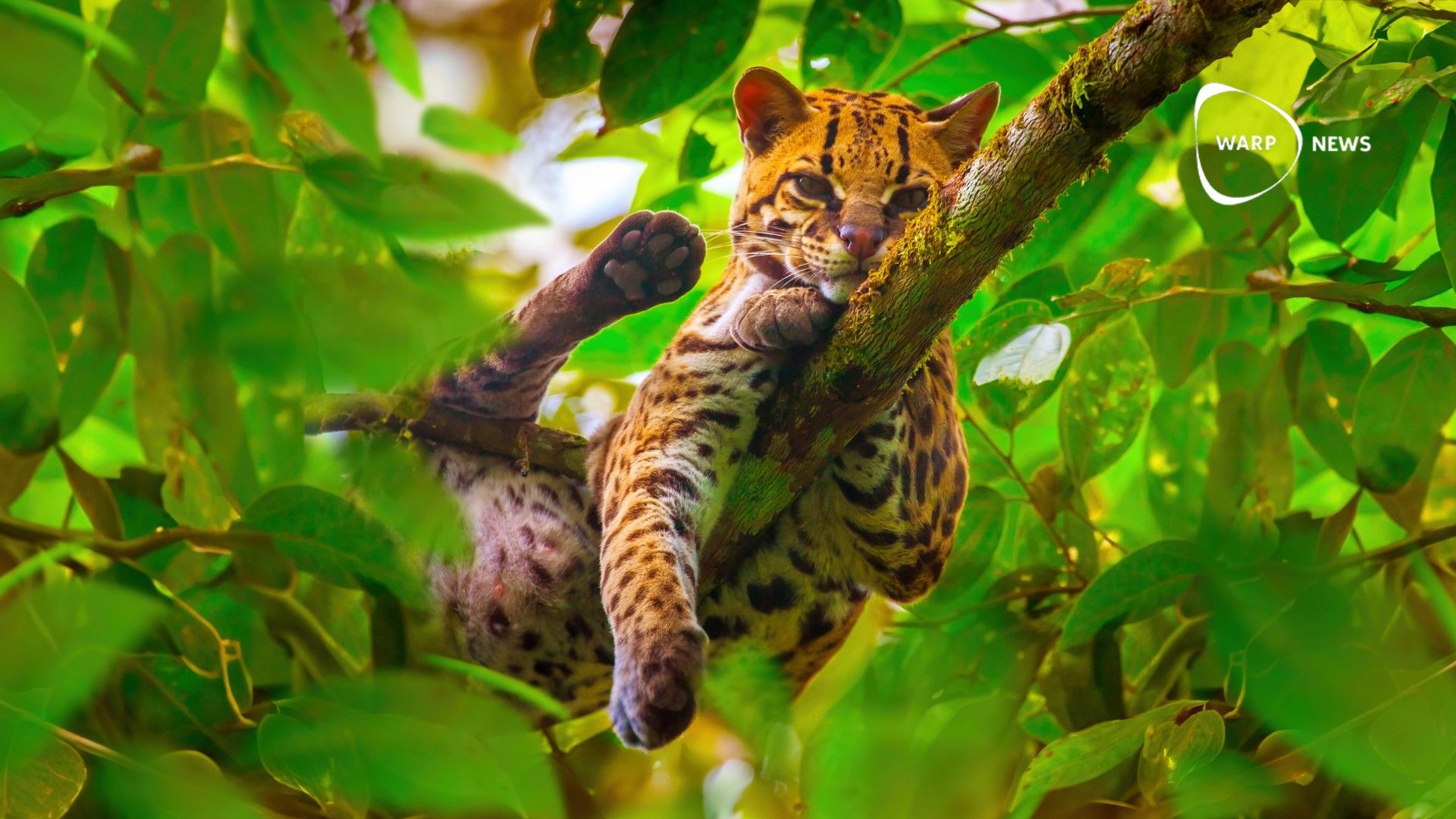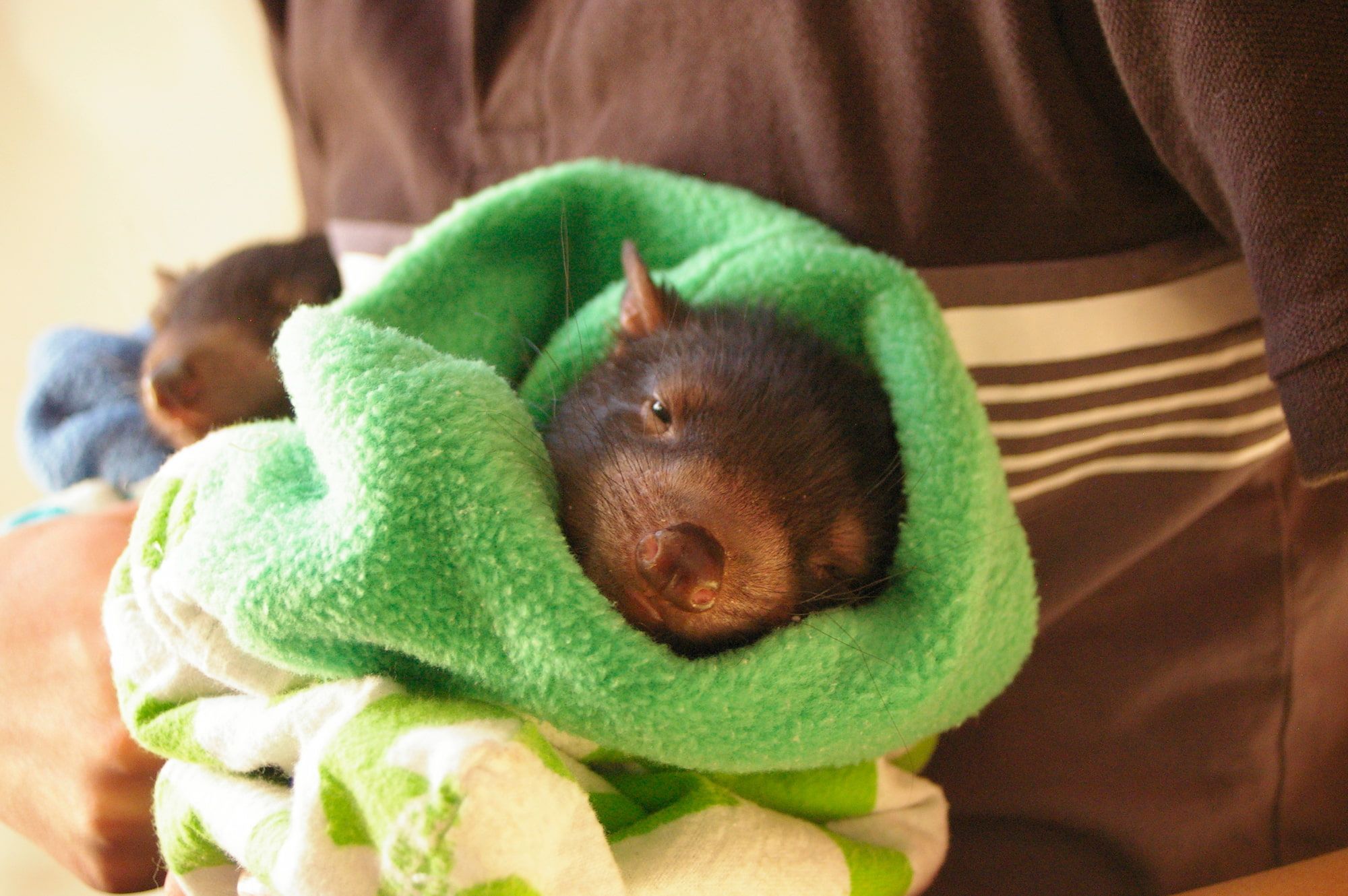Environment
🐳 Researchers begin to understand the basics of sperm whale language
Scientists have identified the fundamental components of sperm whale communication. Through the analysis of over 8,700 clips of sperm whale clicks, a complex communication system resembling a phonetic alphabet has been revealed.
🌎 Global Overshoot Day occurs later this year
According to the Global Footprint Network, ecological "overshoot" occurs when human demand exceeds the regenerative capacity of natural ecosystems. The later in the year this day occurs, the better. (But the model also has clear flaws.)
🌎 The vast majority believe in climate change and want to do something about it (but think others don't)
A study published in Science, in which 59,000 people in 63 countries were surveyed, showed that 86% "believe" in climate change. 86% think that people in their country "should try to combat global warming." However, they wrongly believe that others do not think the same.
🌳 Ecuador's forests are making a comeback – and AI helps track the health of the forest
Scientists have found that within the last 25 years, a cornucopia of species, from the smallest insect to the top vertebrates, have made a comeback in areas previously cleared for agriculture.
🦋 England's rivers increase in invertebrate diversity – highest in 30 years
There has been a significant rise in river invertebrate biodiversity since 1989. The positive trend was observed across all river types and regions.
🦏 Rhinos on the rise: 5% growth last year
Global rhino numbers increase to 27,000. Southern white rhino numbers rise for the first time since 2012.
🐦 Europe’s most endangered bird is making a comeback
Once critically endangered, the Azores bullfinch is showing signs of recovery. Two decades of habitat restoration has brought back the bird's numbers.
🐳 AI could help us talk to animals
Scientists use artificial intelligence to study animal communication. AI can help identify the meaning and context of animal sounds. Project CETI uses AI and underwater technology to study sperm whale communication.
😈 Birth of 500th Tasmanian devil, at Barrington Wildlife Sanctuary
The breeding program started in 2011 with 44 disease-free devils from Tasmania. This milestone contributes to the survival of the endangered species.








